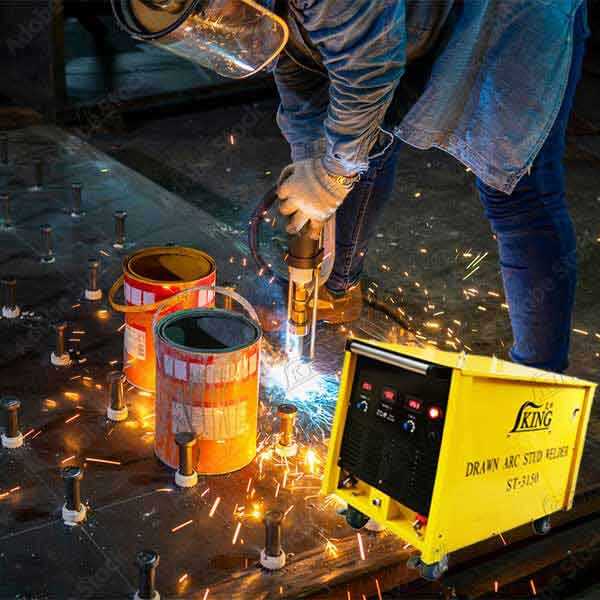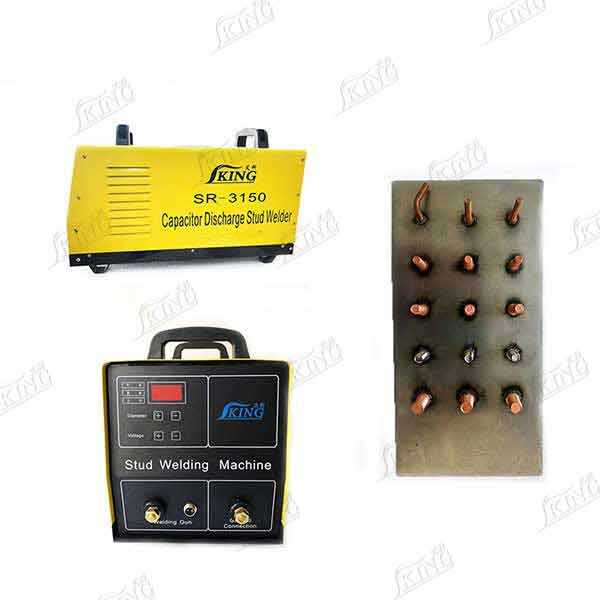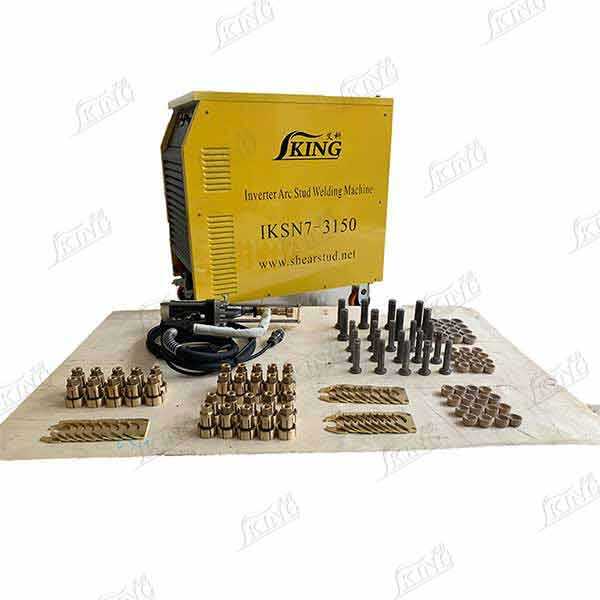stud welding products
Stud welding products represent a cornerstone in modern industrial fastening technology, offering a robust and efficient solution for joining studs to metal surfaces. These innovative systems combine precision engineering with advanced welding technology to create permanent, high-strength connections in mere milliseconds. The process utilizes specialized equipment including power sources, welding guns, and automated control systems that ensure consistent, reliable results across various applications. The technology accommodates a wide range of stud sizes, from small diameter fasteners to substantial structural connectors, and works effectively with multiple base materials including steel, stainless steel, and aluminum. Modern stud welding systems feature sophisticated microprocessor controls that monitor and adjust welding parameters in real-time, ensuring optimal weld quality and reducing the possibility of defects. These systems are designed for both drawn arc and capacitor discharge processes, making them versatile enough to handle everything from light-gauge sheet metal to heavy structural applications. The technology has evolved to include features such as digital displays, programmable settings, and quality monitoring capabilities that provide detailed documentation of each weld.


